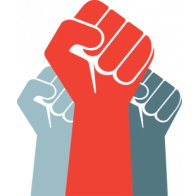How to Survive a Protest
Preparing for military violence against citizen resistance

Before the first No Kings protest in June, I spent many, many hours researching a protest safety guide — and then ultimately decided not to post it. Public mass protests are important for growing an opposition movement, and I didn’t want to deter participation by prematurely alarming people about dangers that were, at the time, still rare events.
Four months later, we’re pretty much exactly where I feared we would be. Trump has declared war on Democrat cities, and it’s not just rhetoric: he’s sent a Black Hawk helicopter to raid an apartment building and zip-tie half-naked children in the middle of the night. Federal agents have so far been illegally deployed to Portland, Chicago, and Memphis; they have attacked peaceful journalists and legal observers with dangerous chemicals and shot and killed unarmed civilians.
The second No Kings protest is scheduled for October 18, just over a week away, and it seems a safe prediction that the optics of resistance will enrage the wannabe dictator. I fully expect violent military crackdowns, illegal arrests, and attempts to identify protestors for later retaliation.
Of course, some areas are more risky than others; many people will be perfectly fine. I also realize that laying out all the possible dangers may scare some people away, but I think it’s more important that everyone going into this should have the chance to prepare. A prepared protestor should be more confident and less afraid than one who is blindsided by police or military violence.
The window for mass demonstration is probably closing; I suspect that before long we will have to pivot to more guerrilla styles of resistance. But the increasing danger makes the act of large-scale, visible protest more important in this moment, not less. While we still can, we need to demonstrate to everyone — from our neighbors to other nations — that Americans will oppose fascist atrocities by the millions.
Stay safe out there — but do stay out there. We need you.
Plan Ahead
#1: Find a defense lawyer in advance
Wouldn’t it be great if there were a nationwide legal aid hotline for representing persons arrested while protesting? I naively imagined there must be such a thing, but no.
A large and well-organized protest may have pre-contacted an organization for legal support. But if you cannot confirm well before the protest date that legal support has been arranged in your location, you will need to find your own lawyer.
The system for doing so is patchwork and fragmented — you’ll probably have to search yourself for individual lawyers specific to your physical location who specialize in protestor defense. Don’t wait! Most lawyers and organizations require that you email them to make arrangements in advance of a protest action.
The National Lawyers Guild has a chapter-based, volunteer-run Mass Defense system. Here are some NLG chapters that offer hotlines; they may be able to answer questions and/or refer you to potential lawyers.
- NLG Mass Defense (Atlanta & the broader South, maybe national, especially black and brown people)
- NLG SF Bay Area
- NLG Sacramento
- NLG Seattle
- NLG Chicago
- NLG Austin
- NLG Massachusetts
#2: Learn your rights and your risks
Knowing your legal rights keeps you from accidentally doing something illegal and helps keep you from being confused if cops or soldiers try to intimidate you for doing something legal.
Here is the ACLU page on protestor rights.
Here is the National Lawyers Guild booklet on protester risks/rights (also available in Spanish, Arabic, and Farsi).
A few states have anti-mask laws that might be used protestors. You can check the specifics of your state’s law here, and if you’re unsure, consult a local mass defense lawyer (see #1 above).
Read these before the protests, so you can make informed decisions about the risks you’re willing to take.
#3: Understand “riot control agents”
Tear gas, pepper spray, rubber bullets, flash-bangs … learn what to expect from “law” enforcement while you are engaged in legal, but unwanted, activity.
Do not underestimate the danger of this “less-lethal” fuckery. I knew a journalist on Twitter (remember Twitter?) who lost an eye to a cop’s rubber bullet during the 2020 George Floyd protests. Prolonged exposure to chemical agents can result in blindness and other permanent injuries. The list goes on.
#4: Gear up
- Cover your nose and mouth. In order of preference: 1. a full- or half-face respirator with replaceable filters (like the 3M P100 respirators sold at hardware stores); 2. a N95/KN95/KF94 mask; 3. a surgical mask. All of these will make it harder for facial recognition systems to identify you. The first two will protect you from airborne diseases like covid (still a thing!) and flu. Only the P100 respirator will keep you safe from breathing tear gas and other weaponized chemicals. Remember that facial hair and stubble breaks mask seals, so shave first!
- Protect your eyes. Unless you have a full-face respirator, you should wear goggles with a good seal to protect your eyes from weaponized chemicals. Swim goggles are fine. If you have the option to wear glasses instead of contacts, do that (contact lenses and tear gas are a bad combo). But if you wear glasses, make sure you have goggles that fit over them without gaps in the seal.
- Cover up your skin. Even if it’s hot where you are protesting, leave as little exposed skin as possible. Lightweight long-sleeved shirts and pants will not only protect against sunburn, but also cover up identifying tattoos and protect your skin from tear gas and pepper spray. Choose neutral clothes without distinctive images or colors that will make you stand out in the crowd. On skin you can’t cover up, use oil-free sunscreen, as oil-based lotions make it harder to clean off weaponized chemicals, prolonging the pain. A hat is good, especially if you have distinctive hair. And bring a basic change of clothes in a zip-lock bag, in case what you’re wearing gets contaminated.
- Make yourself less grabbable. Try to tie up, braid, or bind long hair so that it’s not a handhold. (Buns, if they’ll stay put. Or a French braid, with the long tail tucked into a shirt collar.) Leave all your jewelry at home. Don’t choose long scarves or other weaponizable clothing.
- Bring supplies. Each person should carry the following, along with their zip-lock of spare clothes, in a small backpack or waist bag:
- first aid kit
- any special medications (inhaler, insulin, etc.)
- earplugs
- spare face mask
- snacks (that you can eat one-handed)
- one or two bottles of water (squirt top)
- emergency cash
- permanent marker
- pen and paper
- Write emergency numbers on your body. Permanent marker on the inside of your arm or lower leg is best. The number of a defense lawyer is most important (see #1 above), and you may also want to write a personal emergency contact number for someone who is not attending the protests, unless you have it flawlessly memorized (and who does nowadays?)
- Leave your smartphone at home. I know it’s tempting — a phone can film civil rights violations, help you stay in touch with friends, keep you from getting lost on the streets, and much more. On the other hand, it can be used against you, in so many more ways than it can help you. Not taking your phone is by far the safer choice — what I would choose, and what every guide I found recommended. Take a disposable digital camera instead.
On Protest Day
#1: Take a buddy, leave a buddy
- Protesting is safer with friends! If you can, try to protest with at least one other person who knows you well, who can act as a witness if you are assaulted, arrested, or have your civil rights violated. Also, plan where and how to meet up if you get separated in the crowd.
- Tell someone who is not attending the protest where you will be and when you expect to be home. We are now in the stage of creeping fascism where “disappearing” is a verb; you want someone who will know something has happened to you as quickly as possible, so they can begin to take action. Make sure this person has the defense lawyer information you’ve researched (see above).
#2: Remain nonviolent
Violence will obviously beget a violent response, so the number one safety rule is “no violence”. Engaging in violence against people or property can also deprive you of civil rights protections.
But this is not only a matter of safety and legality, it’s a matter of strategy. Social scientists who study protests and resistance have shown that nonviolent protests succeed more often — they draw in more participants than violent protests, and they make it costlier for the regime to respond with violence.
#3: If confronted by police, stay CALM and CLAM up
Here are some basic strategies, but see below for more details:
- “Am I free to go?” If the answer is “yes” — walk away. If the answer is unclear, ask “Am I being detained?”
- Do not agree to a search of your body or possessions. State, “I do not consent to a search.”
- If you are asked your name and you live in one of the 23 states below, you must answer truthfully:
- Alabama, Arizona, Arkansas, Colorado, Delaware, Florida, Georgia, Illinois, Indiana, Kansas, Louisiana, Missouri, Montana, Nebraska, Nevada, New Hampshire, New Mexico, North Dakota, Ohio, Rhode Island, Utah, Vermont, Wisconsin
- Otherwise, do not answer questions. “I will remain silent and I want to speak to a lawyer.”
The NLG booklet has more details on how to interact with police.
More Resources
Wired magazine has one of the more comprehensive protesting safety guides, and it doesn’t appear to be behind the paywall:
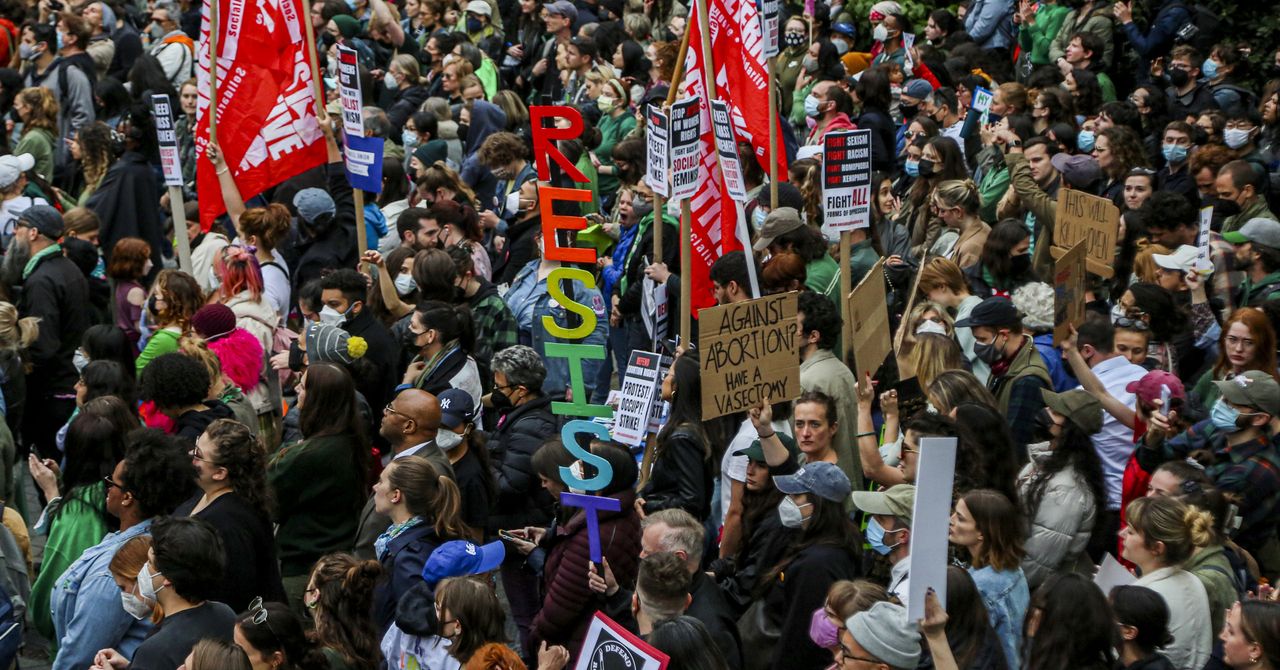
Once again, let me strongly encourage you to familiarize yourself with the National Lawyers Guild’s protest pamphlet.
Another excellent article from Wired, this one on digital surveillance. I think this one is paywalled, but I will send a copy to any Nine Lives subscriber who emails me to request it:
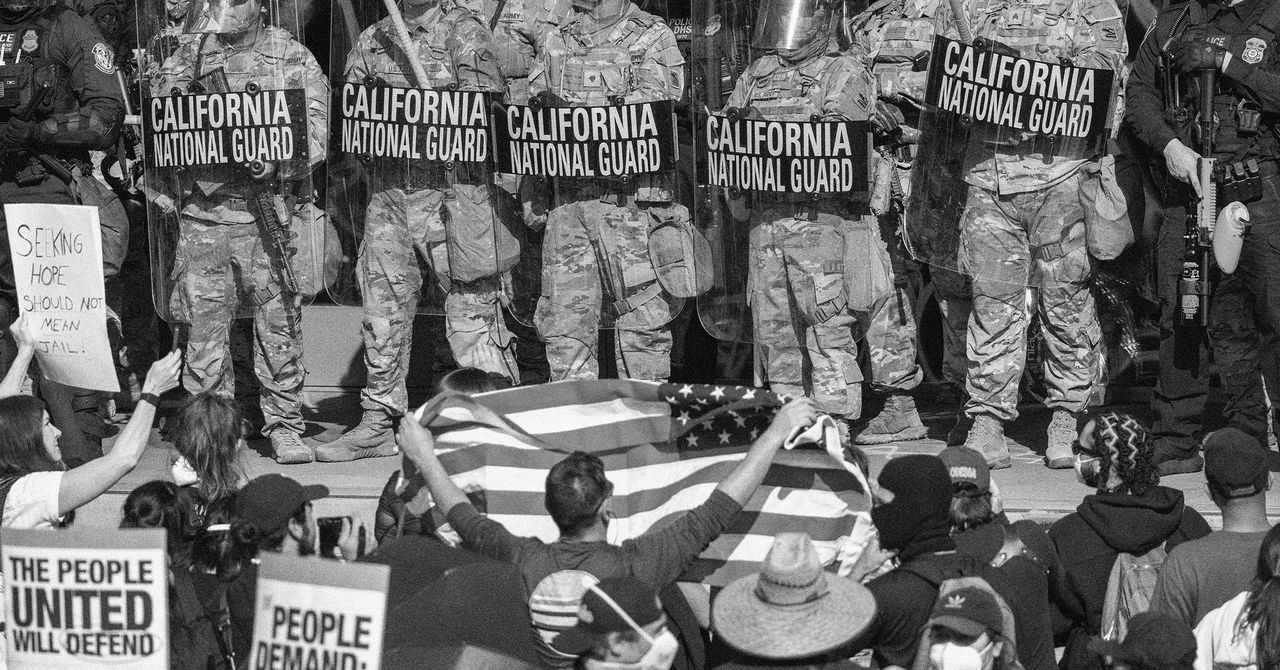
The ACLU is holding a protest safety training session on October 15, including on de-escalation tactics:
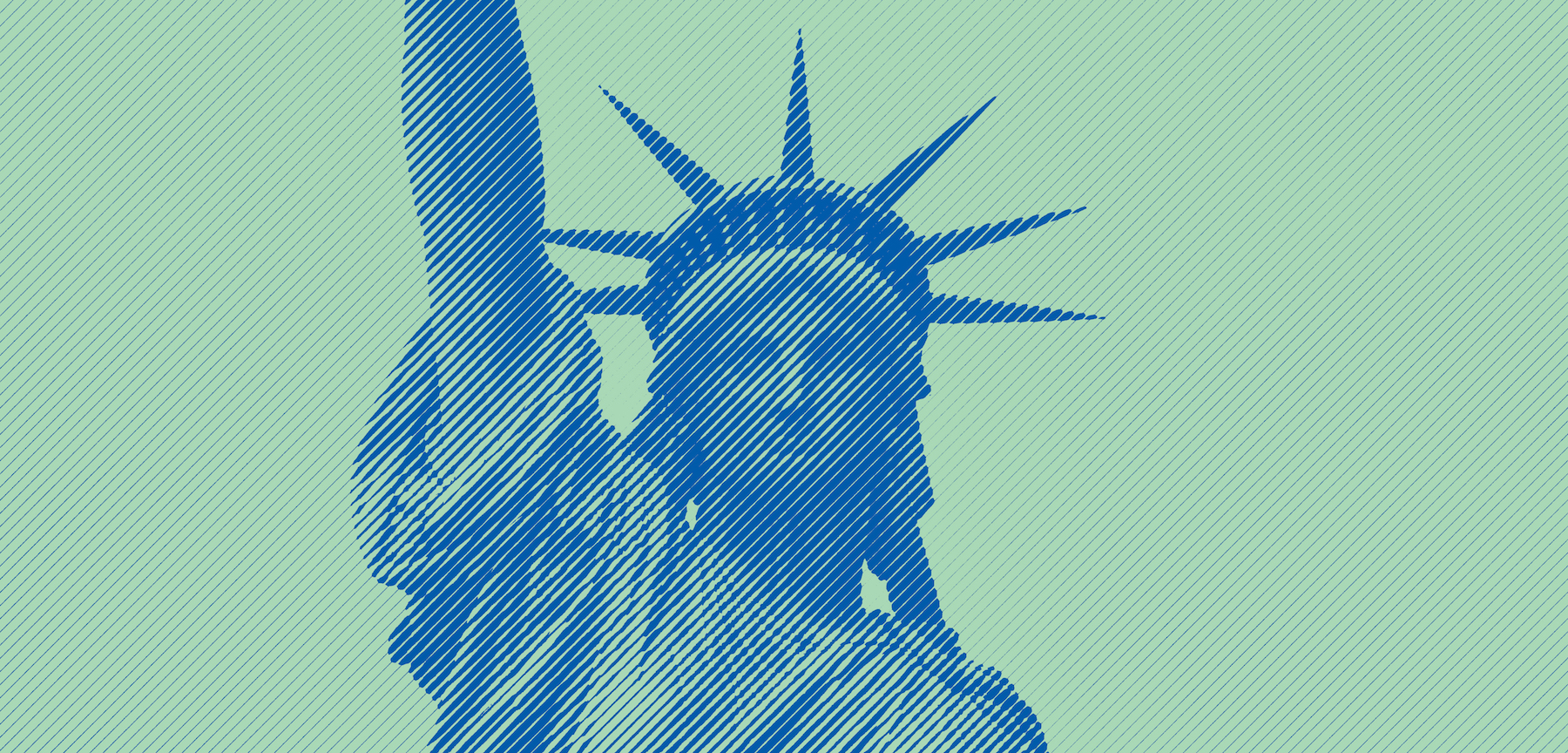
For advanced gear and tactics, learn from the Hong Kong protestors:
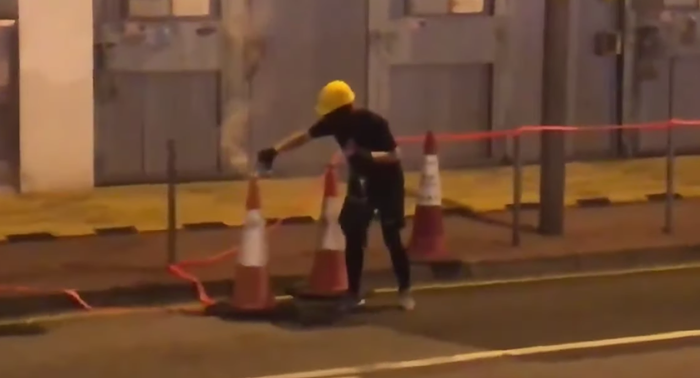
Photo credits: 1



